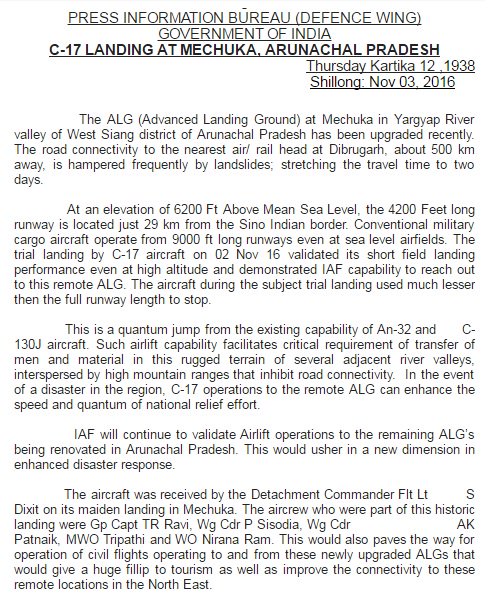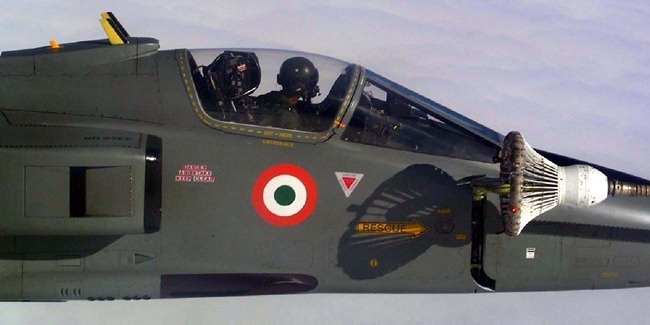Gyan wrote:Link the post where you have provided the cost of components. In any case, I think my post is being misread. I am not saying few hundred hours as in 2-3 hundred hours but meant ~2000 hours in more than a decade. Mirage 2000 has spent 30 years flying so around 3000 hours. Difficult to believe that no hot section replacement contemplated even after another 20 years.brar_w wrote:
The entire spec has been shared for the GE404/414 families. No major costly component is changed that frequently. I have also provided the cost of each of the replaced components so you can calculate exactly what cost is and when.
Here it is- viewtopic.php?t=3351&start=2920#p2011725
For even older posts on this topic, the search feature should be able to help in finding them if they are still around.
Most of your module cost is actually incurred between 3400 and 4000 hours which is well into the second decade of operations if your individual engine is used for around 300 hours per year. Fleet utilization is a factor of availability, and total fleet hours divided by the engines in the field but that at best tells us how many modules to order. An individual engine is obviously tracked to its own inspection regime and utilization pattern. Fleet availability affects total fleet hours for both engines used (EOT) and flown and you can use it to roughly calculate what the total fleet component utilization is. This information helps you or your suppliers (in case of PBL's) have the requisite inventory so that there are no disruptions due to supply.
I don't know from where you are pulling the 70 hours/year utilization on the Su-30 from.
It is actually a few thousand hours and not a few hundred hours. Keep in mind that the data are from operational perspective and used to support GE's PBL and not the "should-last" numbers. For the HPT the should last number is 2000, but the 1850 represents the average time that it has been replaced on the USN fleet. As part of their PBL relationship, GE tests removed and replaced components to try to see whether they can get the USN to extend EOT's based on data gathered.I think my post is being misread. I am not saying few hundred hours as in 2-3 hundred hours but meant ~2000 hours in more than a decade
This works both ways and is a continuous process because demonstrating higher component reliability and getting compensated for it through an increase in EOT is one way you make money through a long term sustainment PBL contract. The operator benefits with higher EOT's and a reduced depot footprint if you have a very large number of engines in the field (which the USN does with well over 1000). On the flip side, if component reliability is lower than predicted the operator passes on the burden to improve it to the OEM since the PBL stipulates availability as opposed to raw procurement numbers.


